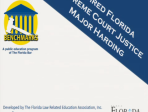 00:31:00
00:31:00
Where am I From? Where Are You Going?
Scientific research is a never-ending 'journey of knowledge'. There is more meaning in experiencing various encounters and making a good journey itself than reaching the destination. Basic science has eternal cultural value; it has served to heighten....
More details | Watch now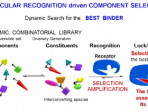 00:33:00
00:33:00
Towards Adaptive Chemistry
Molecular chemistry implementing reversible chemical bonds between atoms in molecules, as well as supramolecular chemistry, whose molecular components are held together by intermolecular interactions, are able to undergo a continuous change in consti....
More details | Watch now 00:32:00
00:32:00
Aquaporin Water Channels – From Atomic Structure to Malaria
Aquaporin channels allow water to rapidly cross cell membranes in all living organisms. AQP1 confers red cells and proximal renal tubules with high water permeability. Present in renal collecting duct, AQP2 is regulated by vasopressin, and human muta....
More details | Watch now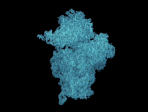 00:31:00
00:31:00
Seeing is Believing – A Hundred Years of Visualizing Molecules
It has been a hundred years since molecules were first visualized directly by using x-ray crystallography. That gave us our first look at molecules as simple as common salt to one as complex as the ribosome that has almost a million atoms. In the las....
More details | Watch now 00:28:00
00:28:00
Optical Microscopy – the Resolution Revolution
Throughout the 20th century it was widely accepted that a light microscope relying on conventional optical lenses cannot discern details that are much finer than about half the wavelength of light (200-400 nm), due to diffraction. However, in the 199....
More details | Watch now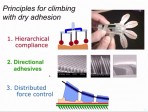 00:26:00
00:26:00
Climbing with adhesion
Mark Cutkosky is Fletcher Jones Professor of Mechanical Engineering at Stanford. Here he discusses climbing robots and how they can take their cue from nature.
More details | Watch now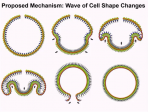 00:25:00
00:25:00
Physical perspective on cytoplasmic streaming
Professor Ray Goldstein FRS is the Schlumberger Professor of Complex Physical Systems at the University of Cambridge. Here he describes a biological example of topological inversion, with relevance to engineering problems in human technology.
More details | Watch now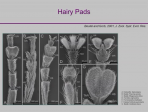 00:33:00
00:33:00
Biomimetic adhesive microstructures
Stanislav Gorb is Professor of Zoology at the University of Kiel, Germany, with an interest in functional morphology and biomechanics. Here he discusses clustering as a form of self-assembly, and applications in adhesion.
More details | Watch now

